If you have spent time in the Pacific Northwest and are a nature lover, then chances are, you have been in or heard of the popular wilderness areas within the National Forest system. The Mt. Hood Wilderness and Three Sisters Wilderness in Oregon and the Alpine Lakes Wilderness in Washington may be familiar names to you**, each a spectacular area, and each easily accessible from major metropolitan areas and therefore each heavily used. They provide scenery, but may not necessarily provide the sometimes necessary-for-our-mental-health experience of solitude.
Luckily, there are 40 wilderness areas managed by the USFS in Oregon and 25 in Washington totaling 5,233,337 acres in which to seek out some seclusion. So at the risk of giving away our solitary sanctuaries, we are going to share some of our favorite Pacific Northwest wilderness areas in which to get away from it all.
But wait just a few seconds before scrolling down - being that 2014 is the 50th Anniversary of the Wilderness Act, it is also a good time to briefly explain the “wilderness” designation (feel free to scroll if you already know all about it!). The Wilderness Act itself uses this lyrical definition:
“A wilderness, in contrast with those areas where man and his own works dominate the landscape, is hereby recognized as an area where the earth and its community of life are untrammeled by man, where man himself is a visitor who does not remain.”
To attain the moniker of “wilderness,” an area must be designated by Congress and generally meet criteria including:
- have a minimal human imprint,
- provide opportunities for unconfined recreation, and
- have educational, scientific, or historical value.
Without further ado, here are some great places to escape from the crowds in Oregon and Washington:
Strawberry Mountain Wilderness
on the Malheur National Forest in eastern Oregon. The Strawberry offers 125 miles of trail for horseback or hiking trips, seven gorgeous alpine lakes and beautiful wildflowers.
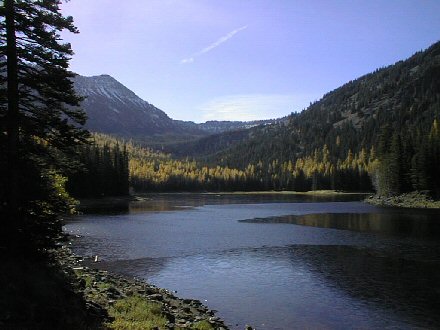
Copper Salmon Wilderness
in the northwest corner of Oregon’s Rogue River-Siskiyou National Forest contains one of the nation's largest remaining stands of old-growth forest where Douglas fir trees grow as large as 10 feet in diameter and up to 300 feet in height. The area also has one of the healthiest salmon and steelhead runs in the lower 48 states.
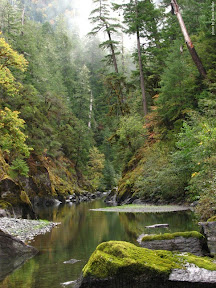
Sky Lakes Wilderness
in Oregon delivers on its name with its gorgeous alpine lakes where migratory birds rest in the spring and fall. While the three main lake basins are heavily used, the rest of this beautiful area on the Fremont-Winema National Forest offers a respite from the hordes of nearby Crater Lake visitors.
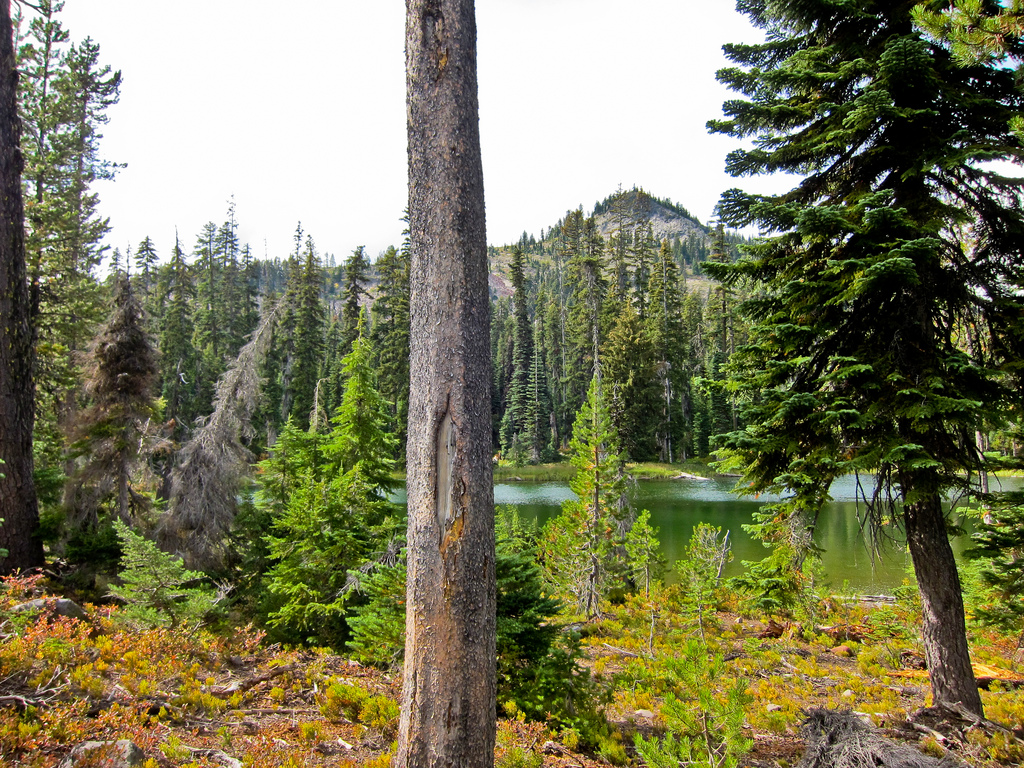
Photo by Michael McCullough
Eagle Cap Wilderness
on the Wallowa-Whitman National Forest in the north-eastern corner of Oregon, is the state’s largest wilderness. With the highest lake in the state (Legore Lake), over 500 miles of trails to explore and home to elk, mule deer, mountain goats, bighorn sheep, black bears, bobcats, and mountain lions it is a wilderness that those who love wild places should visit.
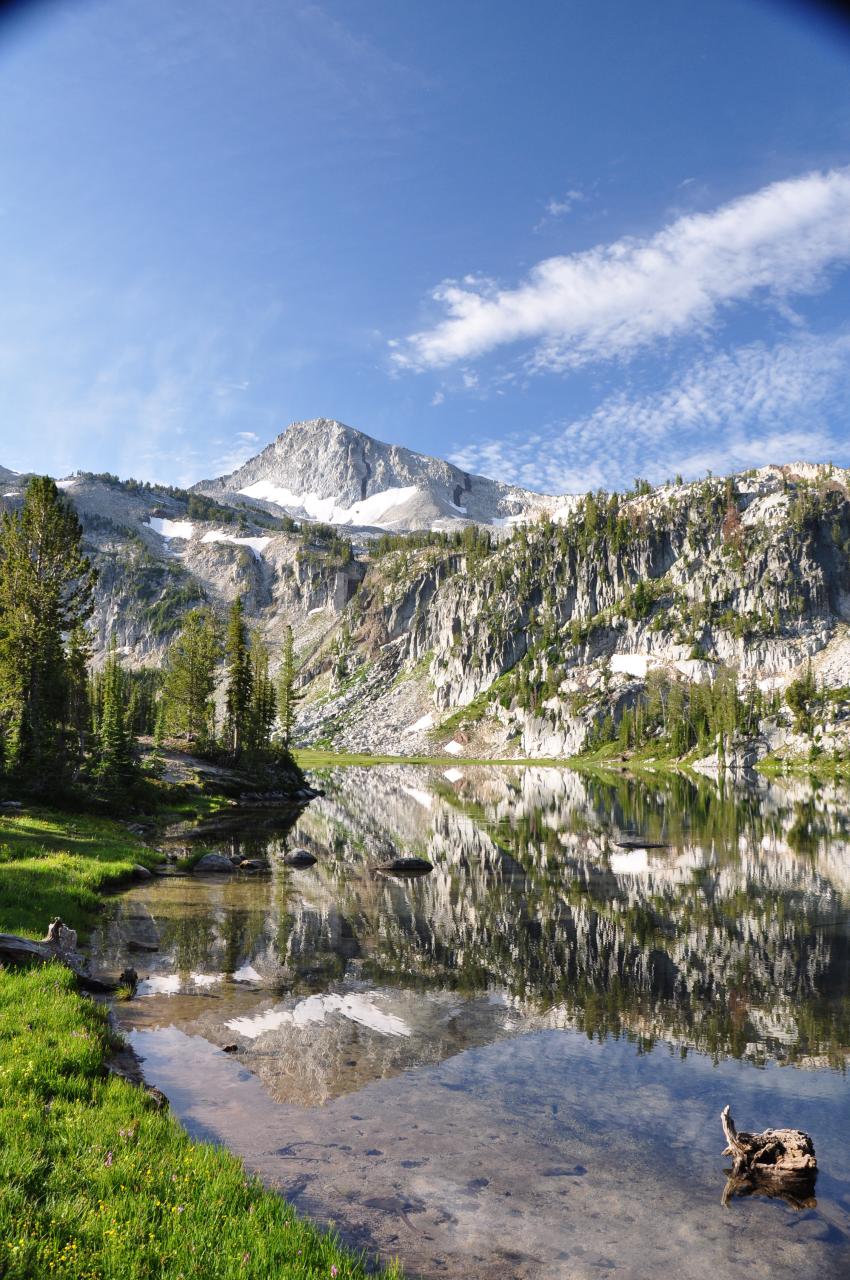
Kalmiopsis Wilderness
on the Rogue River-Siskiyou National Forest in Oregon is one of the most geologically interesting places in the country to visit. Just be prepared, the entire wilderness area burned in 2002 and while nature is fine, the trail system is still suffering the effects.
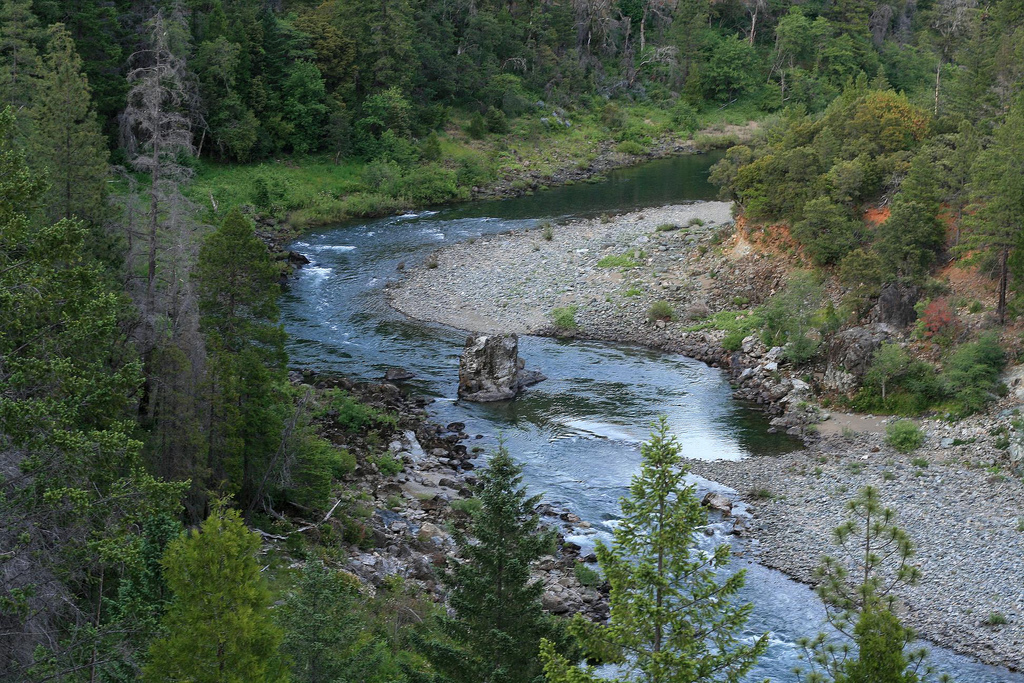
Photo by Scott Wilson
Pasayten Wilderness
on the Okanogan-Wenatchee National Forest on the Washington/Canadian border is one of the largest wilderness area in Washington. Access it by over 600 miles of little used trails and bag a few of the 150 Cascade peaks that stand over 7,500’ tall within the wilderness boundaries.
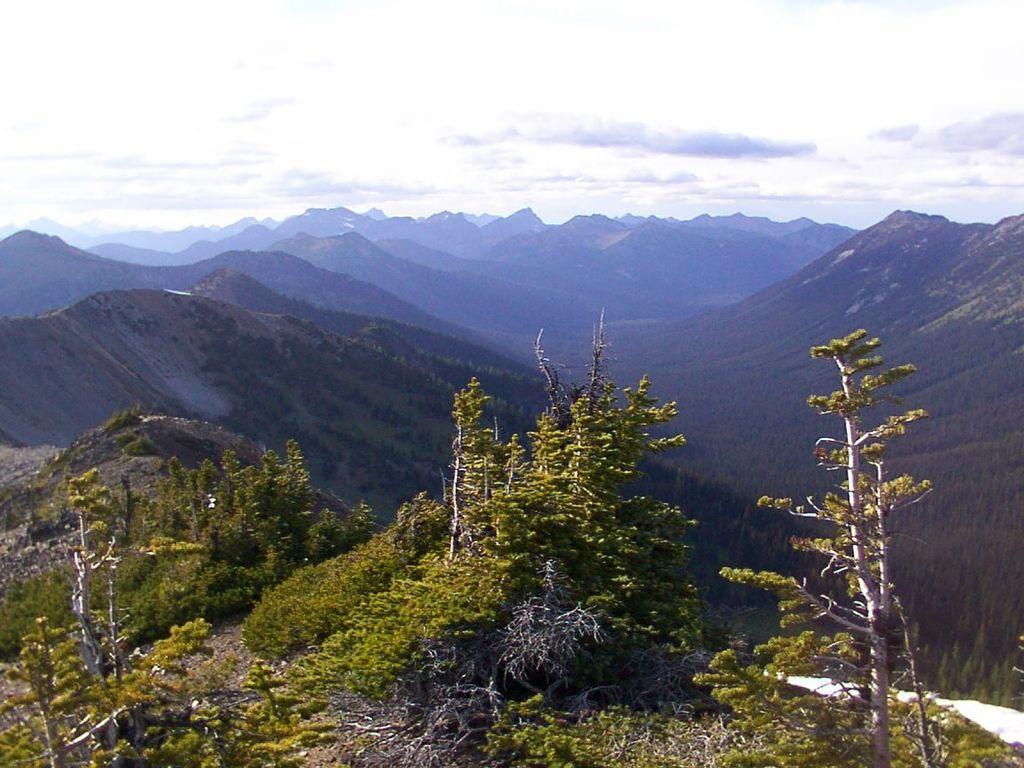
William O. Douglas Wilderness
on the Okanogan-Wenatchee National Forest in Washington honors the U.S. Supreme Court justice and environmentalist who opined that trees should have the same legal standing as people. Take along a copy of his book Of Men and Mountains to read as you sit by one of the 59 lakes or to try to glimpse one of the large herds of magnificent Rocky Mountain elk that inhabit the area.
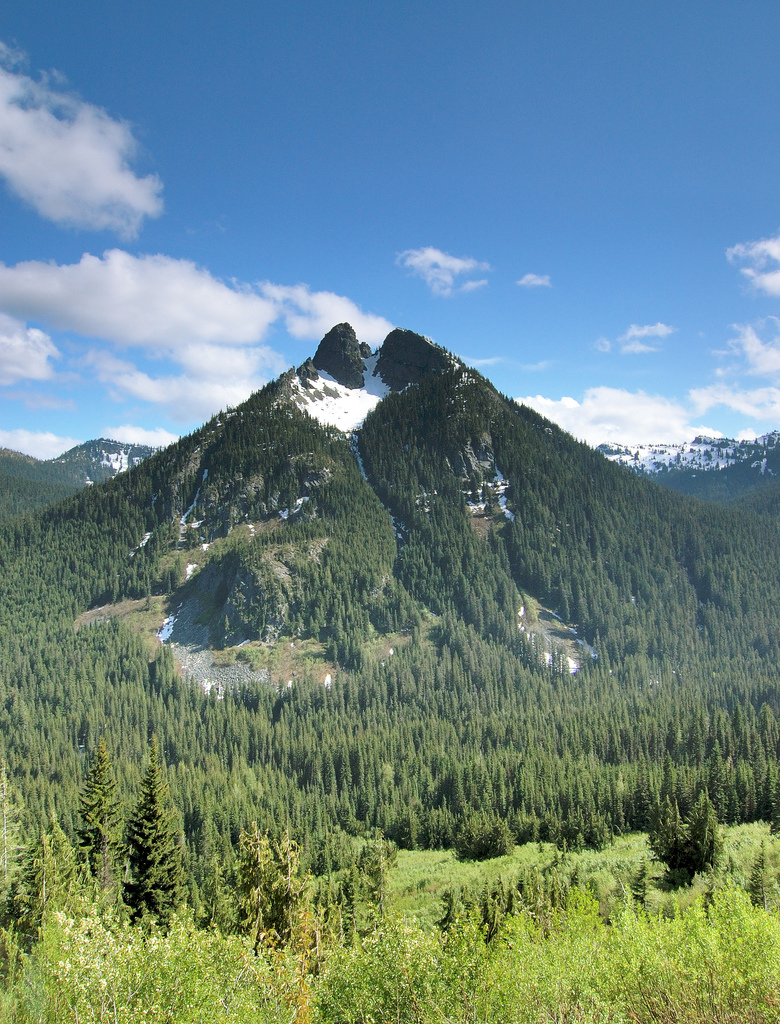
Colonel Bob Wilderness
in the southwest corner of the Olympic National Forest near Quinault Lake offers a rainforest experience without the crowds that seek out other popular wilderness areas on the Olympic peninsula. Take a rain coat, prepare for steep trails, and enjoy the wet forests of the Washington coast.
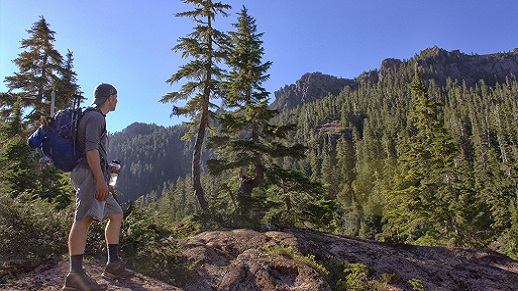
Glacier Peak Wilderness
is managed by both the Mt. Baker-Snoqualmie National Forest and the Okanogan-Wenatchee National Forest. While some areas are popular with climbers, and 60 miles of the Pacific Crest Trail cross through the wilderness, it is large enough that there is plenty of solitude and stellar views of the glaciated peaks for those willing to work for it on the steep and remote trails.
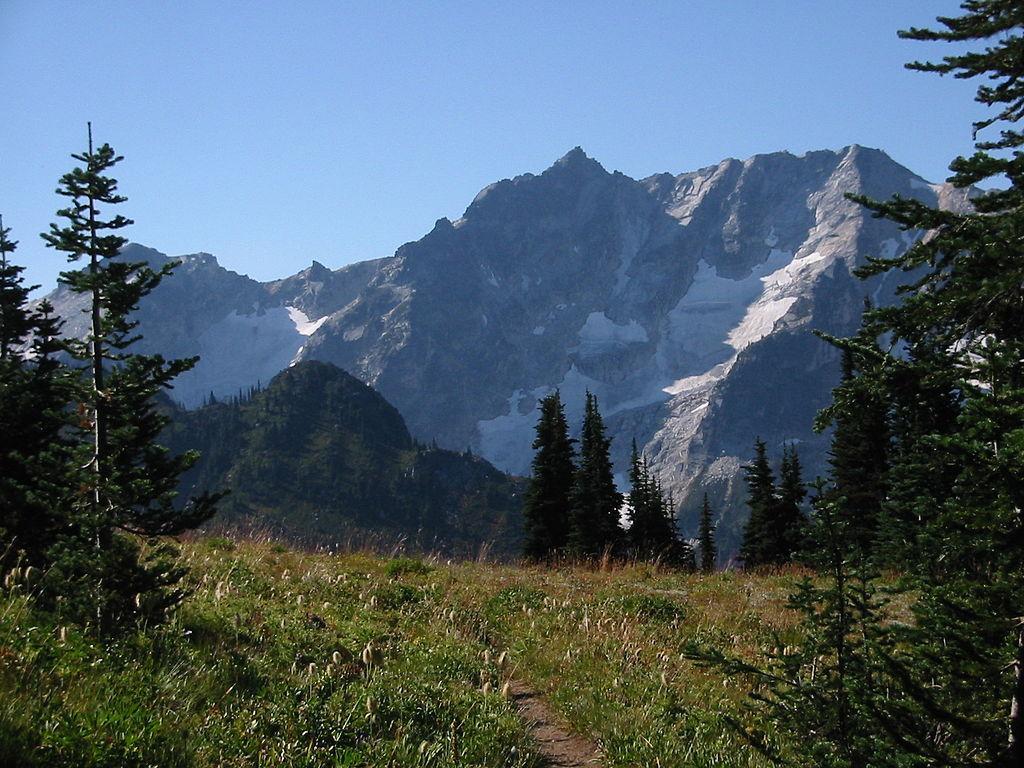
Salmo-Priest Wilderness
on the Colville National Forest in the corner of Northeastern Washington is well worth the trip to get there. It is home to the largest growth of virgin forest left in eastern Washington, as well as threatened and endangered species including woodland caribou, grizzly bears and gray wolves.
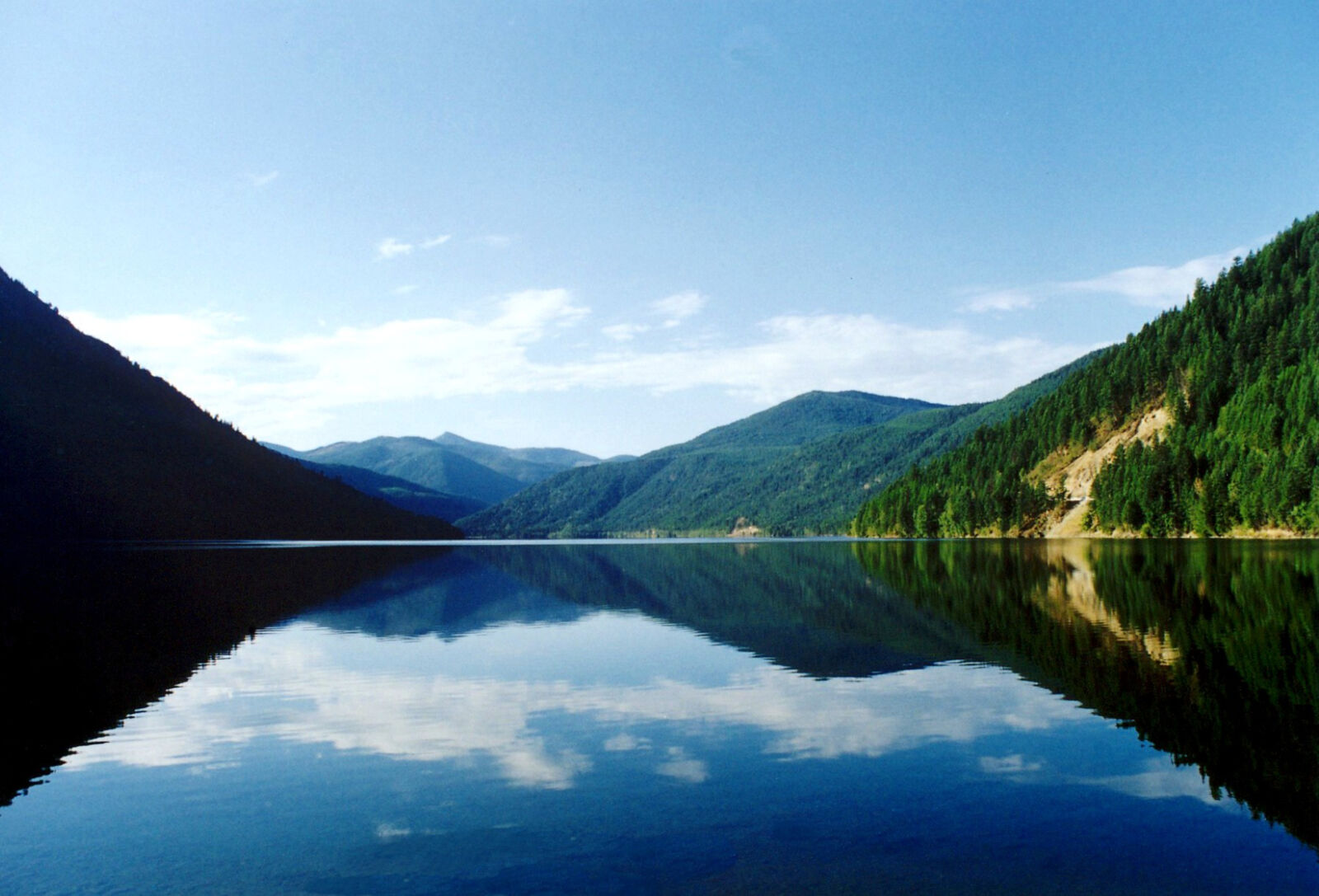
So there you have it. Shut down the device you are reading this on and go exploring in one of these amazing areas. Choose the trail less traveled by. It will make all the difference.
**If other popular wilderness areas come to mind, like the Mt. Rainier Wilderness, the Olympic Wilderness or the Oregon Badlands Wilderness or Oregon Islands Wilderness, now is a good time to point out that different federal agencies are charged with managing designated wilderness areas within their jurisdictional boundaries: the first two are managed by the National Park Service, the second two are managed respectively by the Bureau of Land Management and the U.S. Fish and Wildlife Service. This post is intended to tell you about some wilderness areas managed by the U.S. Forest Service.
Did we miss one? Let us know in the comments or on Facebook .
Solitude, beauty, clean water, amazing ecosystems. These are just some of the magnificent things about wilderness that the NFF works to protect every day. But we can’t do any of it without committed, informed, and generous individuals like you. Please make an unrestricted gift toward our work today. It’s easy, simply click here. Thank you for helping us – and our amazing wilderness areas!

